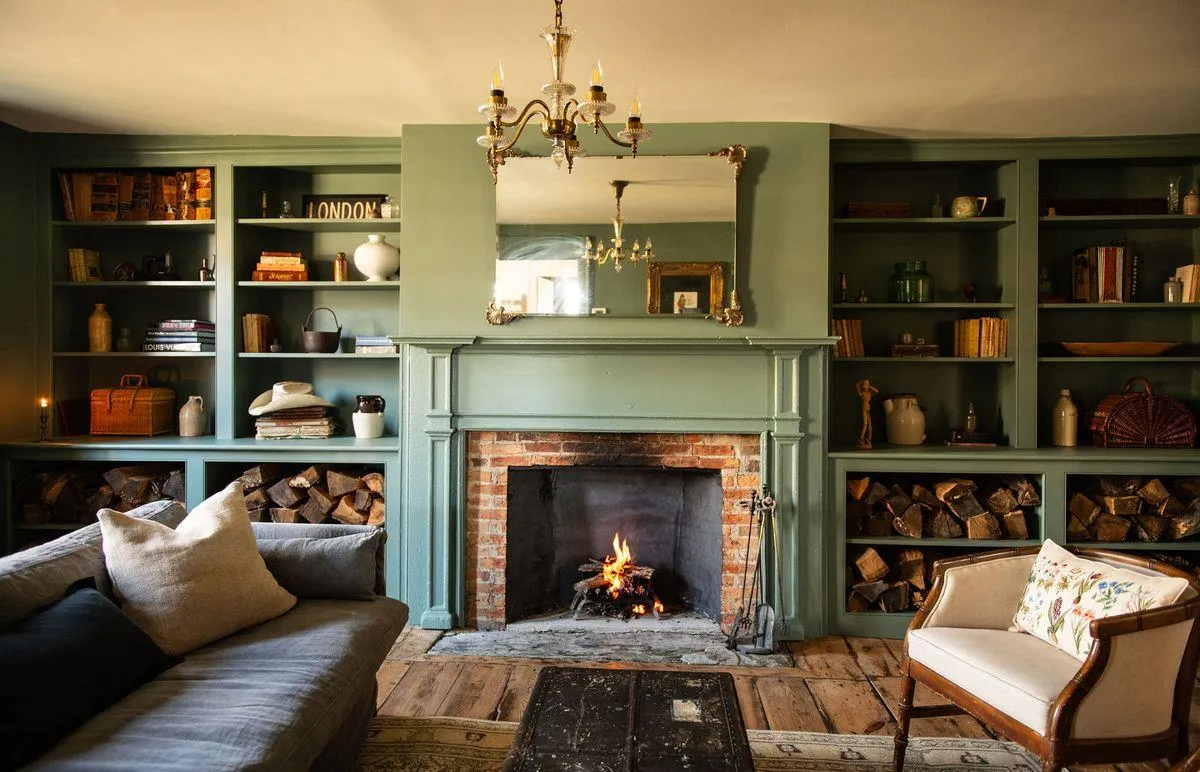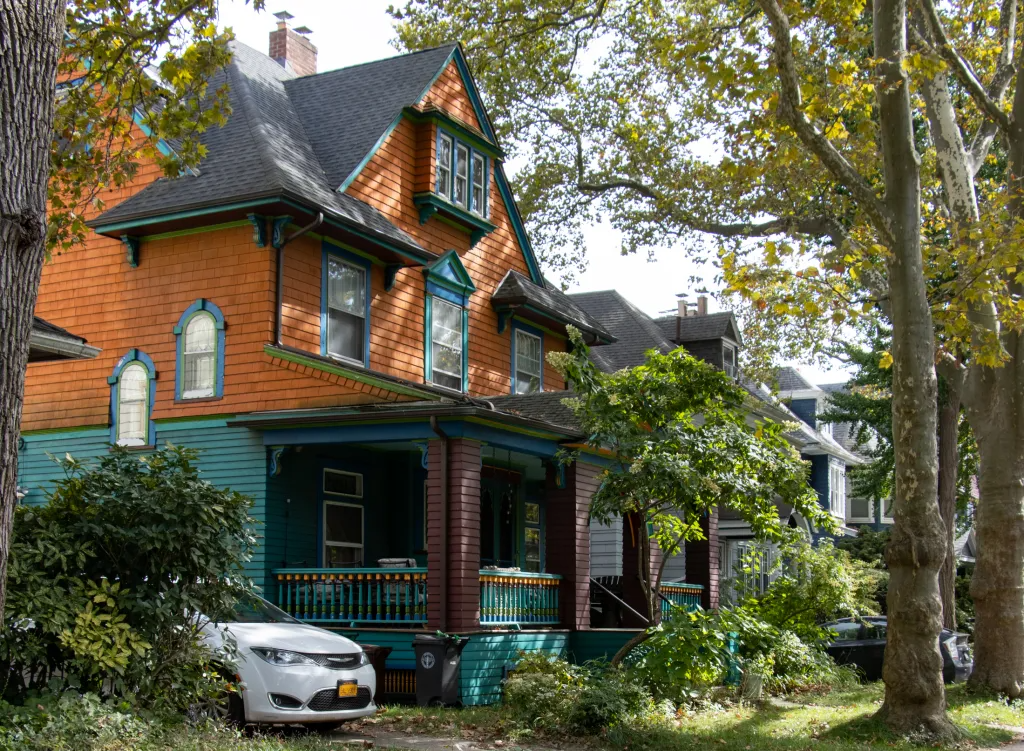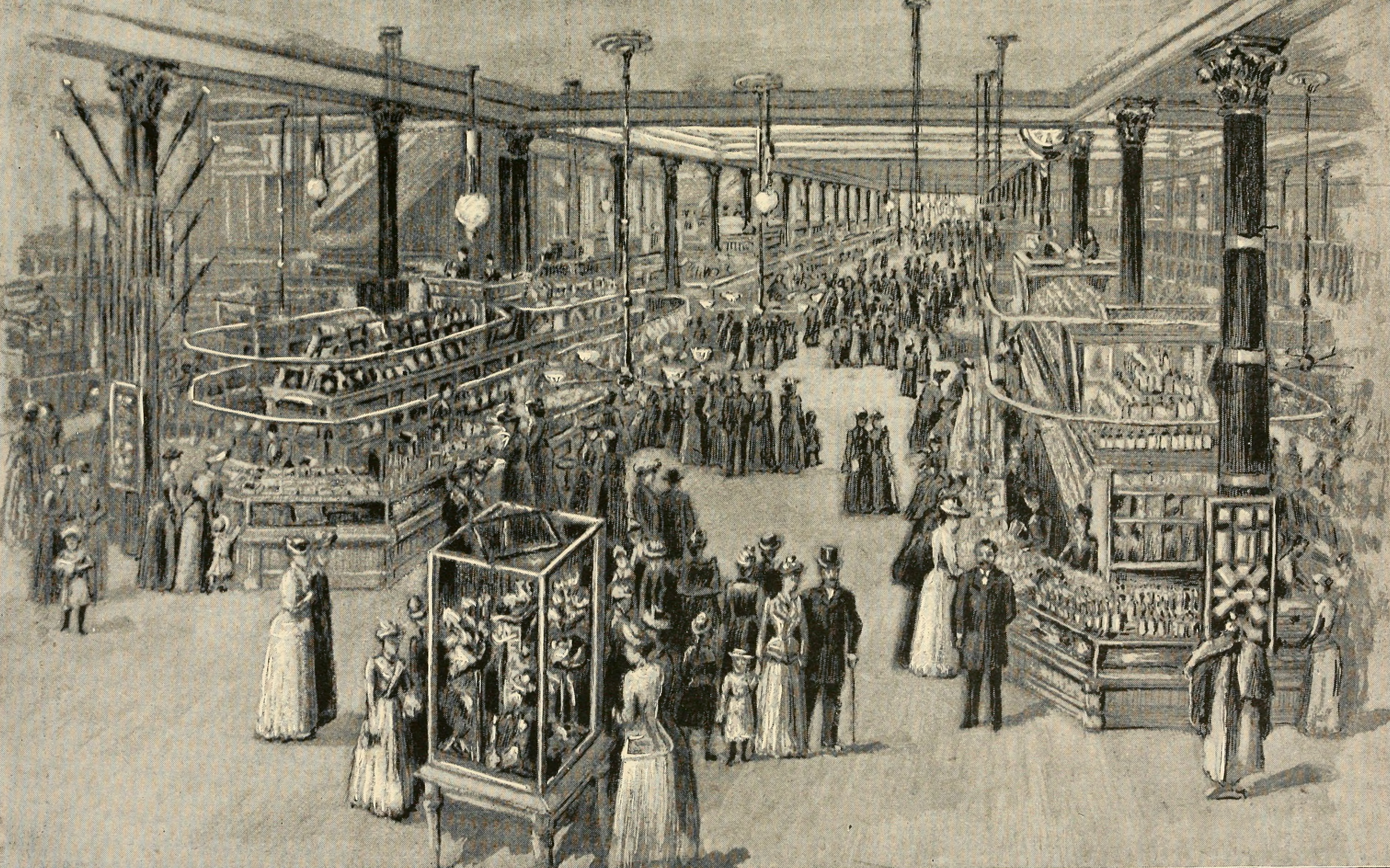CG Atrocity: There Goes the Neighborhood
Carroll Gardens better get off its ass and create some historic districts pronto. Here’s the poster child for the cause: The addition to this house at 3rd Place and Clinton Street, made all the worse by its corner location, has to be one of the greatest bastardizations of a beautiful old brownstone we’ve ever seen….
Carroll Gardens better get off its ass and create some historic districts pronto. Here’s the poster child for the cause: The addition to this house at 3rd Place and Clinton Street, made all the worse by its corner location, has to be one of the greatest bastardizations of a beautiful old brownstone we’ve ever seen. May their condos languish on the market indefinitely. Do you think it would be possible to organize a buying strike against this place? Picket the open houses? GMAP P*Shark
Here’s the rendering of the finished product:






so, basically you’re saying that you were the architect, right?
My professor warned me about vapid individuals who have no idea about what their talking about.
Architecture is a subjective topic, but to the trained eye it is more than coffee table talk (See above comments).
Though some of Anon’s points about composition are abstract he/ she makes a great point about the lack of proportional contrast.
Regarding the historic (Historic) aspect, I find myself thinking you can make the same subjective comparison with a rock, an old TV, and old Mac computer, etc.
These homes have value, but only to those who care for them.
So, whether one finds it historic (Historic), appealing, uuuuugly, etc. it is their opinion and only that.
I would rather be the Architect of a building that generates this much interest than someone who designs to appeal to the masses. An Architect is an architect, and a politician is an animal
I don’t know the details of the existing neighborhood zoning (any zoning mavens out there?). But it wouldn’t surprise me if it doesn’t reflect the existing built character but is, rather, a “floppy shoe” which can result in excessive massing that makes new development (such as this addition) look out-of-scale with the old.
So a neighborhood has two choices, doesn’t it? Community consensus (or level of political will) can be, (1) The existing zoning and non-landmarked status are fine just as they are. We’ll accept new, as-of-right development in whatever form it takes as long as it conforms with the existing zoning, which provides sufficient controls.
Or (2), we need more controls. Maybe it’s an adjustment in the underlying zoning. Maybe we could use a few design controls (e.g., do we want to address the issue of the encroachment of a new addition over an existing building’s roof line?) I’m not sure how design controls can be provided if the neighborhood isn’t a “special district,” though.
On the more activist end, property owners could endeavor to landmark their individual properties. If there’s sufficient consensus and political will, the landmarking district could be expanded.
The discussion on this board of aesthetics, nostalgia, balancing existing character and new development, etc., etc. – are all really fun and interesting. But in the end, aren’t these the bottom-line choices?
What a piece of crap.
I’m all for doing things differently (I put corrogated steel on the back of my brownstone). but there’s ain’t no composition here. It’s an amateurish way to gain more space. For example, they could have done something to mirror the orignal roof line, which is very unsual for the neighborhood. That would have been composition. This is worse than that new building they put up between henry and clinton on 1st or 2nd (can’t remember exactly).
You can spout all the ivory-tower theories you want, but the question is – does it look nice? Answer:no!
The point is that the brownstowns may be cookie-cutter (which is an exaggeration, there are many variations) but they are elegant.
I said historic, not Historic – the whole point of this thread is that the building in question has no landmarks designation. And yes, I think that a 140-year-old building is historic.
But I would find this addition awkward no matter how old (or new) the building it sat upon was. I said before, this is really all about massing for me – it has nothing to with materials or contemporary vs. historicist vocabularly.
If this composition is a conversation between two periods, the 21st century is shouting down 19th. It doesn’t have to be that way.
Look at the rendering Archigod, Columns will be buried inside a wall.
As for sb get a job as a college professor and impress a newbie college student with your reliable pocket thesaurus
The only problem with this design are those dinky columns. Make it a cantilever. Is this a Scarano?
What a good read this string of comments has been! I am particularly intrigued by the self-righteous, venomous pontifications of anon 11:49. Obviously, this anonymous Faustian attended college.
A mullet, you idiot, is something subtracted, while this is an addition.
And Halden, why do you constantly refer this is as historic. Would my 90 year old grandmother be referred to as historic because of her age? The building has no historic designation.
As for the lesson in Hegal, I suggest you leave that to those with an understanding of abstraction. The association I made was a metaphor.
The building, as existing, had no composition. The cornice and victorian flavor is derived from Roman and is more of a rhytmn.
The attempt of this designer is a composition. Two objects interacting, similar to a musical composition. Each piece is identifiable as is a classical arrangement.
You’re too obtuse to see beyond the eye-candy that these and many other over-rated buildings possess.
It’s like talking to a bunch of Odyssean sailors in some form of hypnotic state caused from sea sirens.
Why are brownstones so important to begin with. They’re sandstone cookie-cutters of the late 19th century. They are what the post war cookie-cutter buildings in Queens are.
Would it have been more appealing to you if the addition was more in the language of the existing building?
If you answer yes, then you’re the type that would not be offended to reading a Hemmingway novel has added more chapters to it, and copying the Hemmingway vernacular. Identity is key here and the contemporary addition to the building is what will identify it rather than attempt to mimic it.